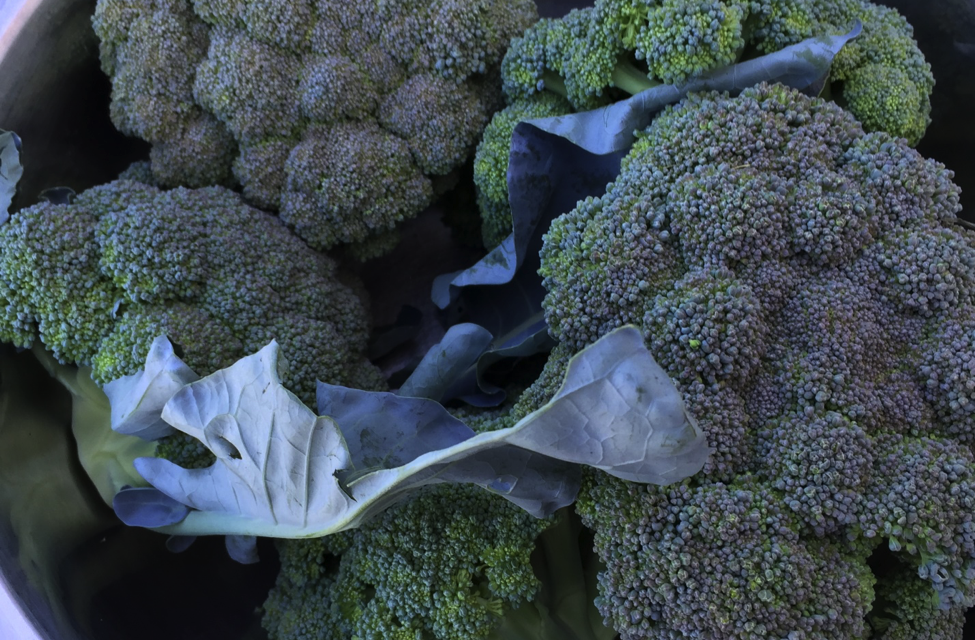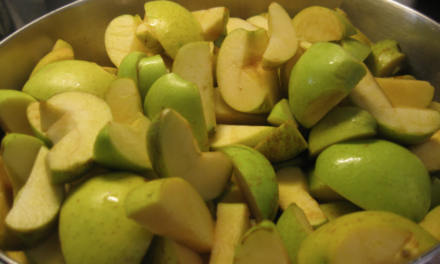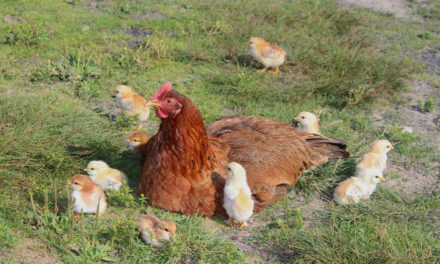Planning and planting are my favorite parts of gardening, but often I find harvesting my least favorite homesteading activity. I know it’s crazy, but while I get excited about digging those first potatoes I planted on St. Patrick’s Day in March or cutting the first broccoli heads, I do not enjoy harvesting. I know its many gardeners’ favorite task but for me, I know what comes next and nothing can interrupt my carefully constructed schedule like an unexpected garden bounty.
You must attend to it promptly. Most canning recipes for pickles require cucumbers to be picked less than 24 hours before brining. Excellent jams are the result of the finest fruits fresh off the trees. Many nights in summer, I find myself starting a canning session after all the other chores, and dinner dishes are done, when the heat of the day has passed.
So how do you quickly put up the harvest? If you have a smaller garden, only pick what you are going to serve for the next meal. Here I have gone out to the garden and picked purple bush beans, pulled a couple of green onions, and cut large two heads of broccoli. I used an organic carrot for color.

I marinated the free-ranged pastured cubed steak in herbs and peppers. I don’t use salt, or packaged marinates as I am on high blood pressure meds, but I find that using fresh herbs are a tasty substitute.
You don’t need any special equipment to get started stir-frying, just a large skillet and spatula.
We eat a variety of stir-fried dishes all summer during garden harvest as a quick and easy way to prepare vegetables picked at the peak of freshness.

I prefer to use stainless steel rather than non-stick as a coated pan cannot safely reach the high temperatures needed for these dishes. Use a good quality oil like canola or peanut oil, but please use oil rather than butter or margarine that have too low of a smoke point.
Most stir-fry dishes will take you longer to prep the ingredients than to do the actual cooking. For best results, all the vegetables and meat should be cut into uniform thin pieces that cause them to fry quickly. A stir-fry is one dish that cannot be placed on auto-pilot. You must keep stirring and moving the small pieces around as they rapidly cook over the intense heat. The flavors are seared in making the meat tender, and the veggies pop with flavor. Since Jim does not like the crunch of true stir fry, I add a bit of chicken or beef stock and steam the mix until thoroughly cooked. This will not destroy the nutrients as it only takes a few more minutes.

You can serve stir-fries over cooked or fried rice or noodles, but we often eat it without carbs to save calories. Most dishes are so tasty with the natural goodness of the fresh vegetables we do not use condiments, but I cooked and canned a peach-based sauce that works great as a stir-fry sauce.

The sauce is a classic sweet and sour blend, but it’s more valued since it has no strange chemicals or MSG. I hope you are harvesting fresh fruits and vegetables too!
Be Blessed! Anne May






